
Below is the promotional video produced by SafetyCulture for the tournament. Their products seem to be similar to the safety management software used by offshore operators and contractors. SEMPCheck was a pioneer in that regard.
Posted in Australia, Uncategorized, tagged Australian Open, safety culture, safety management, SempCheck on January 19, 2024| 1 Comment »

Below is the promotional video produced by SafetyCulture for the tournament. Their products seem to be similar to the safety management software used by offshore operators and contractors. SEMPCheck was a pioneer in that regard.
Posted in Australia, Gulf of Mexico, Offshore Energy - General, Uncategorized, tagged Gulf of Mexico, Karoon Energy, LLOG, Who dat on November 21, 2023| Leave a Comment »

Karoon Energy, an Australian company, has entered the Gulf of Mexico in a big way by acquiring an interest in the Who Dat field (winner of BOE’s best field name award!) from LLOG. For more information on the acquisition, see Karoon’s slide at the end of this post. The full presentation is here.
To learn more about the cultural importance of ‘Who Dat,’ see the youtube clip below, or read this article. For more in-depth ‘Who dat’ history, this wiki page is quite good.


Posted in accidents, conferences, decommissioning, NOPSEMA, Offshore Energy - General, tagged Bryan Domangue, capping stack, decommissioning, idle iron, incident investigation, IRF conference, NOPSEMA on October 24, 2023| Leave a Comment »
NOPSEMA has kindly provided links for the slides presented at the 3-4 October International Regulators’ Forum Offshore Safety Conference in Perth, Australia. They will be uploading the video recordings at a later date.
On day 2 (stream 2) Bryan Domangue (BSEE) presented updated data on the progress that is being made in plugging inactive wells and decommissioning idle platforms (see the charts pasted below). In the following session, Bryan made an interesting presentation on the capping stack deployment exercises in the GoM (picture below).
For excellent slides on investigation and sharing the lessons learned, see session 9 (day 2, stream 1).
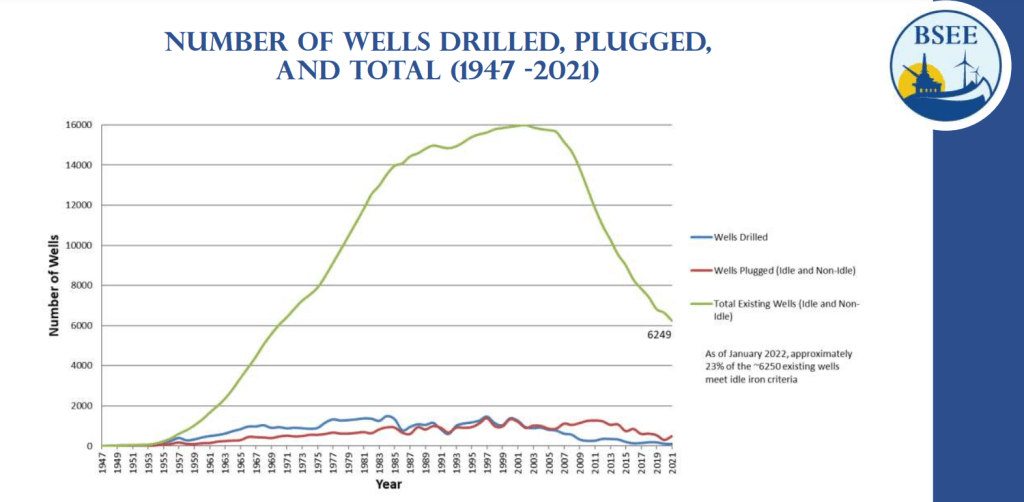
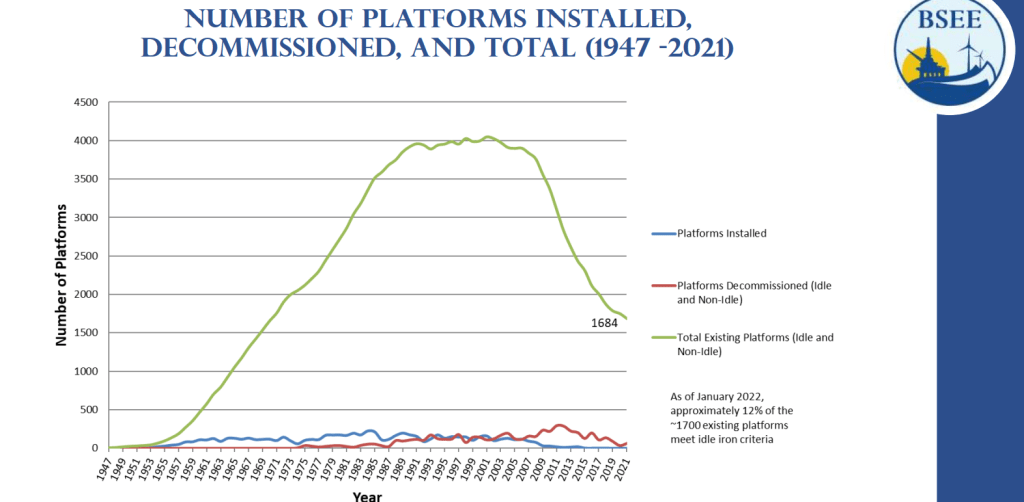
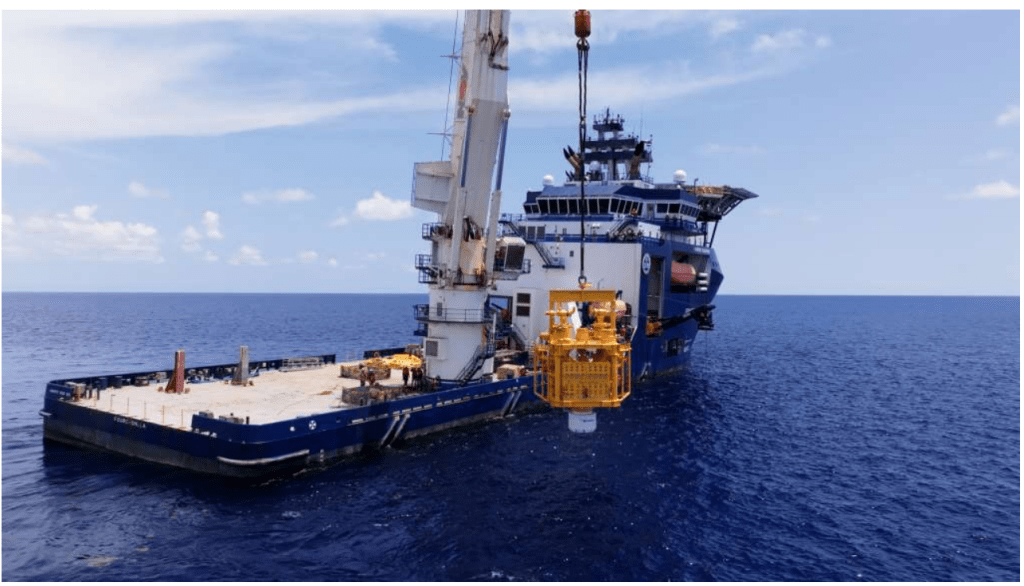
Posted in accidents, Australia, NOPSEMA, Norway, Offshore Energy - General, tagged Austraiia, BSEE, lifting incident, NOPSEMA, North Rankin, PSA Norway on June 13, 2023| Leave a Comment »
NOPSEMA’s June 8 safety alert implies that the June 2nd fatality at the North Rankin complex, offshore Western Australia, was the result of a crane/lifting incident. Per NOPSEMA:
A recent fatal incident involving a person working on an offshore oil and gas facility has provided a tragic reminder of the risks of work involving the rigging, manipulation and movement of loads, including people and equipment.
Despite the international focus on lifting operations over the past 30 years, Norwegian and US data do not suggest improved performance. PSA Norway’s “Trends in risk level on the Norwegian Continental Shelf” report shows an increase in lifting incident rates for both fixed and mobile facilities over the past 10 years (first chart below).
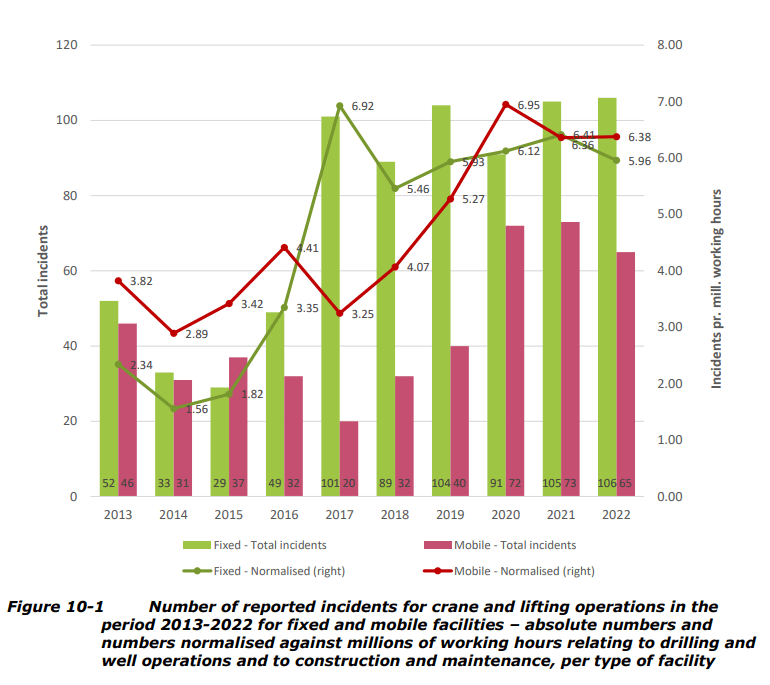
Similarly, recent lifting data from BSEE’s incident tables (summary below) and Jason Mathew’s June 2022 presentation (pages 48-63) suggest that lifting risks are not being effectively mitigated. Why are industy/regulator messages regarding hazard identification and controls not achieving the desired results? Perhaps a fresh look and renewed dialogue are needed.

Crane or personnel/material handling incident (as used in 30 CFR 250.188(a)(8)) refers to an incident involving damage to, or a failure of, the crane itself (e.g., the boom, cables, winches, ballring), other lifting apparatuses (e.g., air tuggers, chain pulls), the rigging hardware (e.g., slings, shackles, turnbuckles), or the load (e.g., striking personnel, dropping the load, damaging the load, damaging the facility) at any time during exploration, development, or production operations on the OCS. This includes all incidents of shock loading that, upon inspection, reveals damage to any part of the crane, lifting apparatus, rigging hardware, or load. Personnel handling incidents include events involving swing ropes, personnel baskets, and any other means to move personnel. Material handling incidents include any activities involving the loading and unloading of material and moving it on, off, or around an OCS facility.
Posted in accidents, Australia, Offshore Energy - General, tagged fatality, North Rankin, Western Australia, Woodside on June 2, 2023| Leave a Comment »
All we know at this point is that a Woodside contractor died during work activities at noon today (AWST).
The North Rankin complex is in 135 km offshore from Dampier on the northwest coast of Australia and is in 125 m of water.
More to follow.

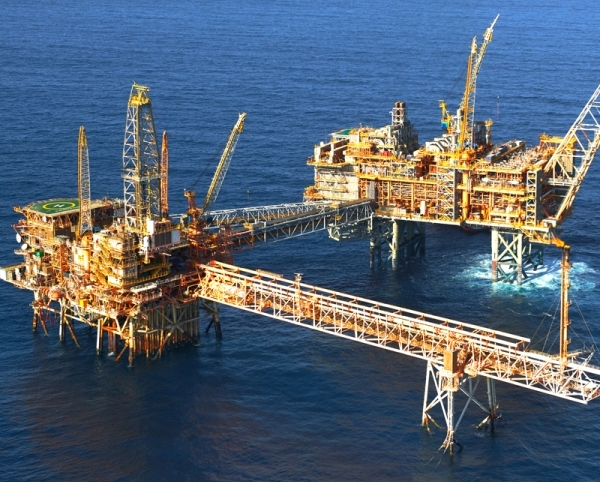
Posted in accidents, Australia, conferences, IRF, NOPSEMA, tagged IRF conference, NOPSEMA, offshore safety, performance measures, regulatory fragmentation, safety leadership on May 25, 2023| Leave a Comment »


IRF conferences present an excellent opportunity for dialogue among regulators, operators, trade organizations, contractors, academics, and other interested parties.
Some suggested agenda topics for the Perth conference:
Posted in Australia, CCS, well control incidents, tagged Australia, blowout, CCS, Montara, PTTEP on June 8, 2022| Leave a Comment »
“Our knowledge and expertise in geoscience and petroleum engineering represent advantageous foundation for CCS development, leading us towards our carbon emissions reduction target.”
PTTEP
Those who closely followed Australia’s Montara Inquiry in 2010 may be less convinced about PTTEP’s expertise. The Montara well suspension program was completely irresponsible. Even though the production casing cement was clearly compromised, PTTEP suspended the well without a single barrier in the well bore. The company was extremely lucky to have avoided a major safety, environmental, and economic disaster. Perhaps they are a very different company now; I certainly hope so.

The PTTEP announcement adds to our skepticism about the motives of some CCS proponents. Is CCS prudent public policy? That question is by no means settled and there has been very little opportunity for comment and debate. BOE has raised concerns and there are no doubt many more that have yet to be addressed.
Posted in Australia, IRF, NOPSEMA, tagged Australia, IRF, NOPSEMA, Stuart Smith on May 15, 2022| Leave a Comment »
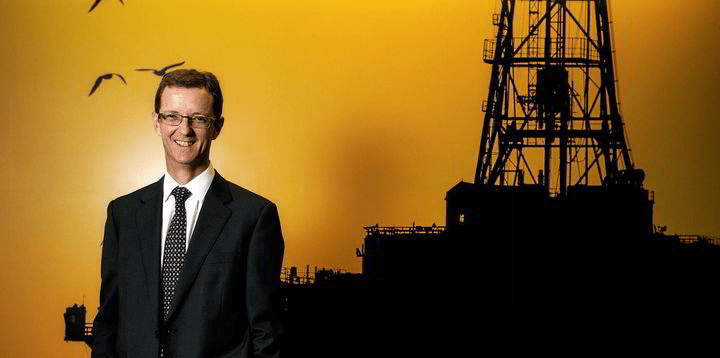
After 8 outstanding years with Australia’s offshore safety and environmental regulator, Stuart Smith has announced that he will be departing NOPSEMA in September. Stuart was a highly effective CEO and an important contributor to international offshore safety initiatives. Best wishes to Stuart!
Posted in Australia, NOPSEMA, Offshore Energy - General, Regulation, tagged Australia, inspection, NOPSEMA, offshore facilities on October 12, 2021| Leave a Comment »
Good read for you inspection and regulatory policy nerds. (I know you’re out there! 😃). The draft policy looks very good at first glance.
If (like me) you can’t help yourself, here is the link for providing feedback.